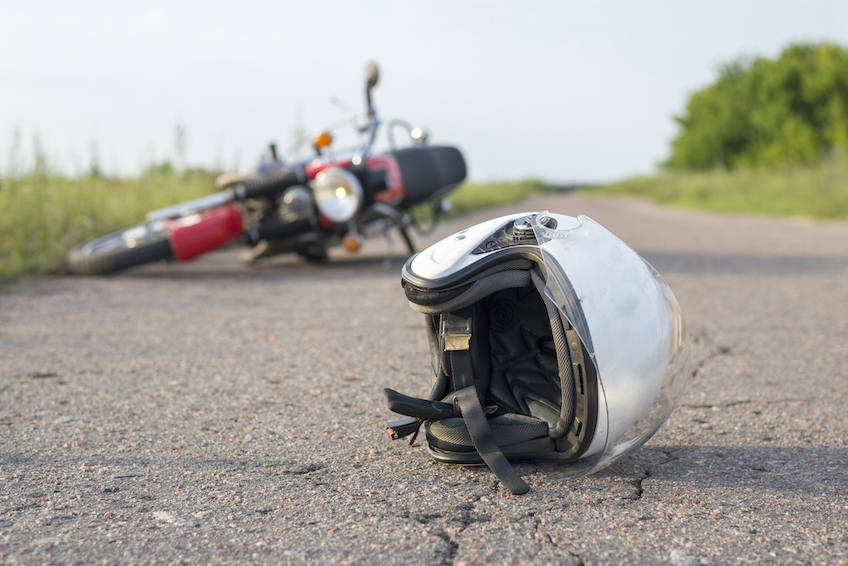Things to know if you own a motorcycle
2021.10.26
A motorcycle is an exciting machine, especially for speed lovers, because it picks pace quickly. However, it is essential to know that a bike is a part of motorized traffic, creating a need to know a few things about guidelines. It would help if you also learned about performance and safety to keep safe on the road.

Motorcycle laws in your region
Motorcycle requirements may vary in different states, so you need to learn before riding on the local roads. The standard conditions everywhere are that riders and their passengers should wear a helmet certified in the region. States may also have particular rules on mirrors. Ensure the bike has functional light, indicators, and mirrors to be legally safe.
Protective clothing and footwear
Many assume denim can protect the skin, but they are likely to shred after an accident. Instead, wear long armored pants that can protect knees and hips and a jacket for protecting the upper body. Recognized manufacturers make leather and textile protective gear in a variety of styles. Wear ankle covering feet to protect the legs. They should be the type that grips the ground properly. Gloves help achieve better grip and protect the hands from paddle temperatures.
Riding techniques
Keep distance and indicate your next move early because some road users might not be thinking about your presence. Avoid blind spots and use the middle lane as the risk of getting hit becomes double. Learn the essential hand signals to use in case the blinkers or light fail to work. Always use both brakes to achieve smooth and quick stops. Using one brake, especially the front, can make you spin or topple over the handlebars. Practice to safely break hard and swerve as you might need them to save your life one day. You should also practice pushing start by doing a solo rolling start and being pushed by other people because one day, the battery might be dead.
Maintenance
Check tire pressure regularly. It should correspond with recommended PSI for hot and cold weather. It is crucial to carry a tire pressure gauge for routine checks. Proper pressure makes tires perform well and last long. Motorcycle chain tension also requires regular checking to ensure it is within the slack recommended by the manufacturer. It also needs frequent lubrication.
Check all motorcycle fluids frequently, including brake fluid, engine, and crankcase oil. Check oils at running temperature to achieve an accurate reading. Nonetheless, the proper time to check brake fluid level is when your bike is cooled down. Remember to change the oils after every six months or 3000-5000 miles, whichever comes first.
Carrying a passenger
Riding with a passenger is challenging, but it is good to learn as you cannot rule out carrying someone due to circumstances you never foresaw. For example, you might be lost or stuck and must give a ride to someone who can help you out. In addition, gaining some skill in carrying passengers will reduce the risk of a lawsuit by a motorcycle accident attorney because of injuring someone because you could not handle the additional weight on the back.
Maintain your engine in good condition by using the correct fuel. A motorcycle with a carburetor should not use gas with ethanol because it will corrode the fuel system. A bike with a fuel injection system does not have many problems with ethanol.
More Articles
Copyright © Fooyoh.com All rights reserved.